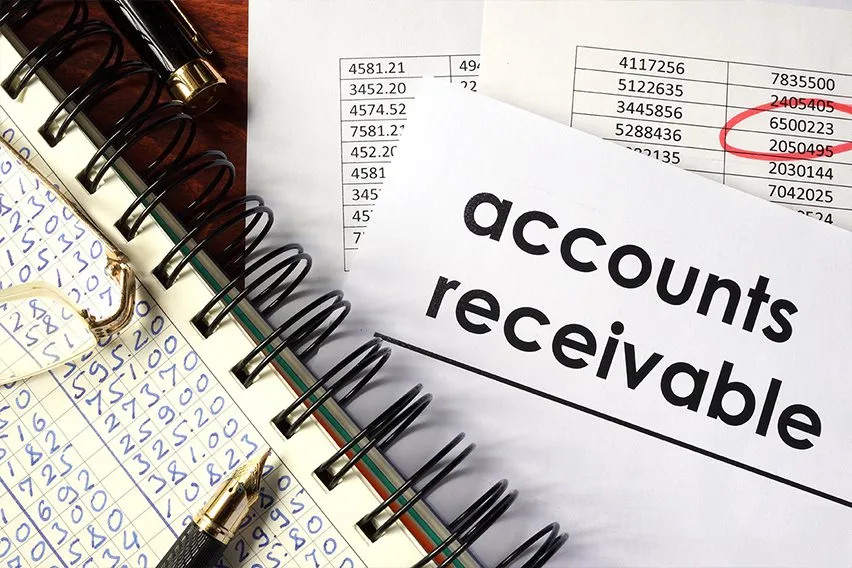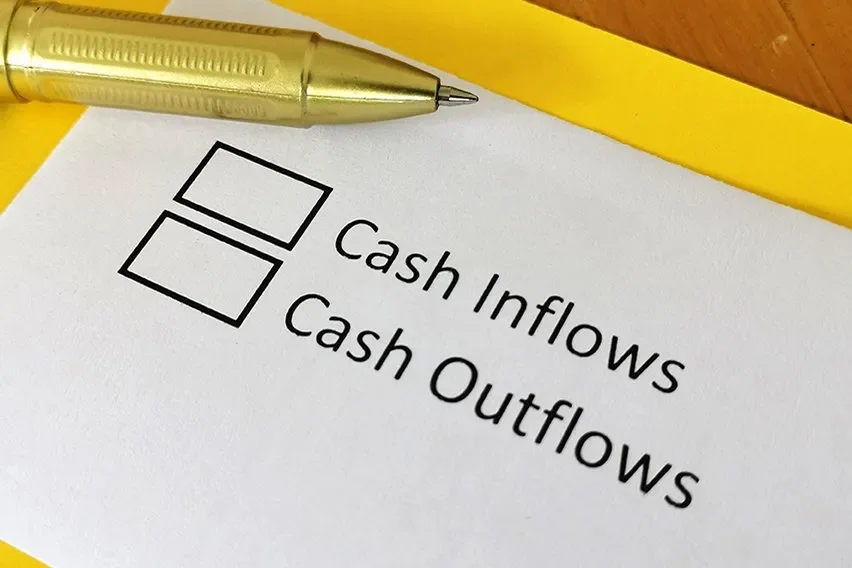What Is BAS (Basic Allowance for Subsistence)?

Short for Basic Allowance for Subsistence, BAS is a monthly benefit for United States military members. It’s tax-free and provided every month. Moreover, it helps offset the price of food that service members pay.
To gain a better understanding of BAS, let’s explore its purpose. We’ll also discuss some other notable details related to this helpful benefit.
Here’s What We’ll Cover:
What Is BAS?
BAS is a tax-free monthly allowance given freely to United States service members. Its purpose is to help offset a portion of the price of food that service members pay. Every year, BAS rates get adjusted to match the current cost of food. The Department of Agriculture (USDA) determines the food-cost index.
Current BAS rates vary from officers to enlisted service members. For example, in 2020, officers received a monthly rate of $256.68 BAS, while enlisted service members received $372.71 BAS. What’s more, the average BAS rate went up between $33 and $47 over the last 10 years.

Who Is Eligible for BAS?
All service members are eligible for BAS. All members still have to pay for their own meals. This includes enlisted members who receive food and meals, such as those living in government quarters like dorms or barracks.
Allowance rates are paid in a couple of different ways. Some are given directly to the member. Others are available via a meal card management system. Moreover, members serving abroad may be eligible for COLA (Cost of Living Allowance). This monthly benefit serves to assist in further offsetting the cost of food purchases. BAS rates do not affect COLA and vice versa.
Active members of the Army, Air Force, Marine Corps, and Navy can take advantage of the BAS program. This applies to enlisted servicemembers and officers at a permanent station. Furthermore, they can still get BAS if they already get a separate ration waiver.
Reserve personnel who are eligible for basic pay are also able to receive BAS. The only exception for reserve members is for those in recruit training. Once they complete training and are on active duty status, they can receive BAS. Their BAS rate is then prorated based on the number of days that they served.
BAS is not given to deployed service members. Temporary duty members who are on field training exercises (FTX) aren’t eligible for BAS, either. That’s because service members on FTX receive food from their unit.
It’s important to note that the cost of food in the field gets taken from the monthly allotment. This applies to both officers and enlisted personnel. Furthermore, some units don’t remove BAS, even though it’s regulation and standard protocol.
As such, enforcement really comes down to who’s assigned to do the paperwork. If there isn’t much pressure to save money, BAS usually stays active on the field.
Enlisted Service Members
As mentioned, all enlisted service members who are eligible for basic pay can receive ongoing BAS. The only exceptions include:
- Service personnel attending Reserve or OCS without continuous prior service
- Those on approved educational leave
- Those who are in excess leave
- AWOL service members
- Recruits in training
Now, let’s see how this compares to officers who are eligible for BAS.
Officers
Officers who can receive basic pay can also receive BAS. The exceptions for officers include:
- When AWOL for over 24 hours
- When on excess leave status
It’s also important to note that officers can no longer receive rations-in-kind. This was the former method of feeding enlisted members, where meals were provided at no charge in a mess hall. With the introduction of BAS, officers must now pay for all meals, even in mess halls.

Calculating BAS Rates
The USDA assesses current food costs in the continental United States to help determine future BAS rates. These fees are based on the total price of the food in its zip code. Therefore, BAS is very similar to BAH (Basic Allowance for Housing). The difference in calculating BAS rates and BAH rates is simple.
BAS rates are based on a universal food-cost average. BAH rates are based on the service member’s exact location. Are you in charge of calculating such costs and averages? Consider using FreshBooks Double-Entry Accounting.
You can easily see a variety of essential figures based on related expenses. Give it a try for free by heading over to FreshBooks’ Accounting page.
Key Takeaways
Depending on your military duties, you may want to consider FreshBooks. It’s helpful suite of tools can aid you in cost savings, project accuracy rate, cost solutions, and more. And for even more support, be sure to explore our Resource Hub.
RELATED ARTICLES


 4 Ways to Increase Accountability in the Workplace
4 Ways to Increase Accountability in the Workplace The 7 Best Accounts Payable Automation Software
The 7 Best Accounts Payable Automation Software Accounts Receivable Process: Step-By-Step Guide
Accounts Receivable Process: Step-By-Step Guide Cash Inflow vs Outflow: What’s the Difference?
Cash Inflow vs Outflow: What’s the Difference? What Is ARN Number & How to Track Transactions?
What Is ARN Number & How to Track Transactions? 4 Best Fixed Assets Software for Accounting Management
4 Best Fixed Assets Software for Accounting Management